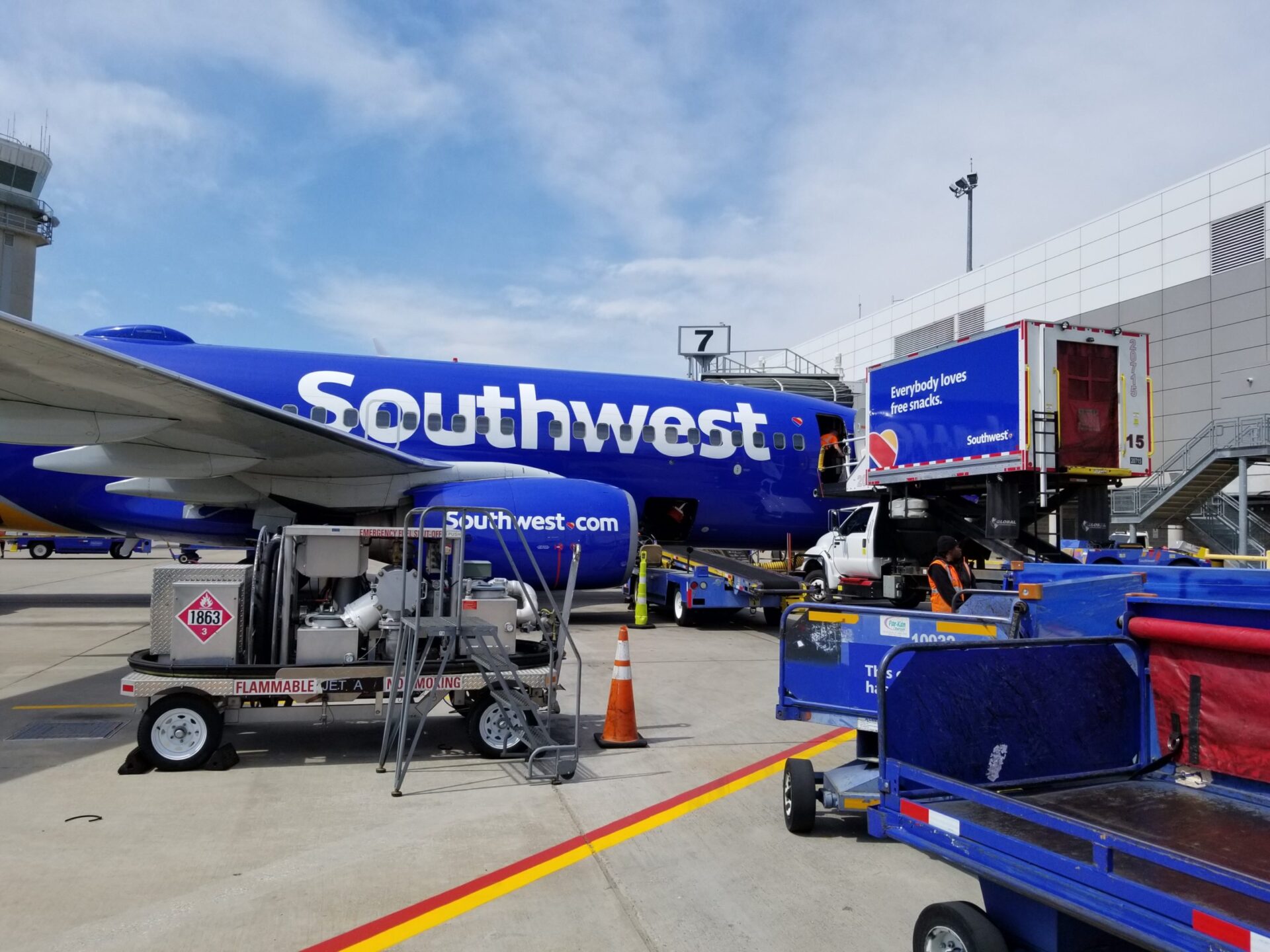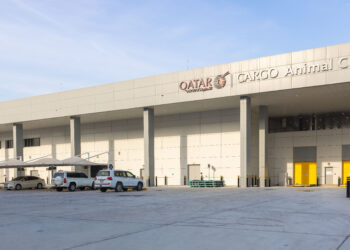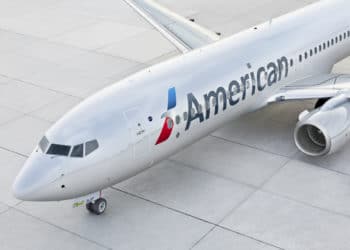No products in the cart.
Asia-Pacific carriers report continued cargo woes
Freight volumes in the Asia-Pacific region continued their downward descent in May, falling 5.3 percent, year-over-year, according to Association of Asia Pacific Airlines statistics. This figure is on par with the region’s numbers for the first five months of 2012, which showed air cargo traffic declining 5 percent, year-over-year, from January to May.
To address weakened demand, Asia-Pacific freight carriers cut capacity by 3 percent, year-over-year, in May. But even with these measures, capacity still outpaced demand in the Asia-Pacific last month, which led to an average international cargo load factor of 66.6 percent, a 1.6 percent, year-over-year, drop.
Although disappointing, May’s figures are better than those reported by the AAPA in the previous month, which showed freight volumes falling 7.6 percent, year-over-year, in the Asia-Pacific in April amid a 4.8-percent capacity reduction. Freight load factor also improved slightly from a month-over-month perspective, with Asia-Pacific cargo carriers reporting a 0.3-percent increase in average cargo load factor from April to May.
Despite this small improvement, AAPA Director General Andrew Herdman said airfreight markets continue to remain weak in the Asia-Pacific, a problem he attributes to “real concerns about the eurozone, and further evidence of slowing growth, spreading to the major developing economies.” He’s also concerned with the depth to which the volumes have fallen.
“It is worth reflecting on the fact that global air cargo volumes are stuck at levels first seen five years ago, before the global recession,” Herdman said in a statement.
Passenger volumes in the Asia-Pacific bucked the trend, however. Asia-Pacific carriers welcomed 16.6 million international travelers last month, an 8.9 percent, year-over-year, increase. Capacity growth in the Asia-Pacific also matched demand in May, which translated to an average load factor of 73.7 percent, according to AAPA data.
Herdman said he’s encouraged by the surge in passenger demand, as well as the stabling of oil prices, but believes challenges are looming. “Asian carriers are still braced for a challenging second half of 2012, in view of widespread competitive pressures, the continued weakness in air cargo markets, and unresolved concerns over the outlook for the global economy,” he said in a statement.
Freight volumes in the Asia-Pacific region continued their downward descent in May, falling 5.3 percent, year-over-year, according to Association of Asia Pacific Airlines statistics. This figure is on par with the region’s numbers for the first five months of 2012, which showed air cargo traffic declining 5 percent, year-over-year, from January to May.
To address weakened demand, Asia-Pacific freight carriers cut capacity by 3 percent, year-over-year, in May. But even with these measures, capacity still outpaced demand in the Asia-Pacific last month, which led to an average international cargo load factor of 66.6 percent, a 1.6 percent, year-over-year, drop.
Although disappointing, May’s figures are better than those reported by the AAPA in the previous month, which showed freight volumes falling 7.6 percent, year-over-year, in the Asia-Pacific in April amid a 4.8-percent capacity reduction. Freight load factor also improved slightly from a month-over-month perspective, with Asia-Pacific cargo carriers reporting a 0.3-percent increase in average cargo load factor from April to May.
Despite this small improvement, AAPA Director General Andrew Herdman said airfreight markets continue to remain weak in the Asia-Pacific, a problem he attributes to “real concerns about the eurozone, and further evidence of slowing growth, spreading to the major developing economies.” He’s also concerned with the depth to which the volumes have fallen.
“It is worth reflecting on the fact that global air cargo volumes are stuck at levels first seen five years ago, before the global recession,” Herdman said in a statement.
Passenger volumes in the Asia-Pacific bucked the trend, however. Asia-Pacific carriers welcomed 16.6 million international travelers last month, an 8.9 percent, year-over-year, increase. Capacity growth in the Asia-Pacific also matched demand in May, which translated to an average load factor of 73.7 percent, according to AAPA data.
Herdman said he’s encouraged by the surge in passenger demand, as well as the stabling of oil prices, but believes challenges are looming. “Asian carriers are still braced for a challenging second half of 2012, in view of widespread competitive pressures, the continued weakness in air cargo markets, and unresolved concerns over the outlook for the global economy,” he said in a statement.
















